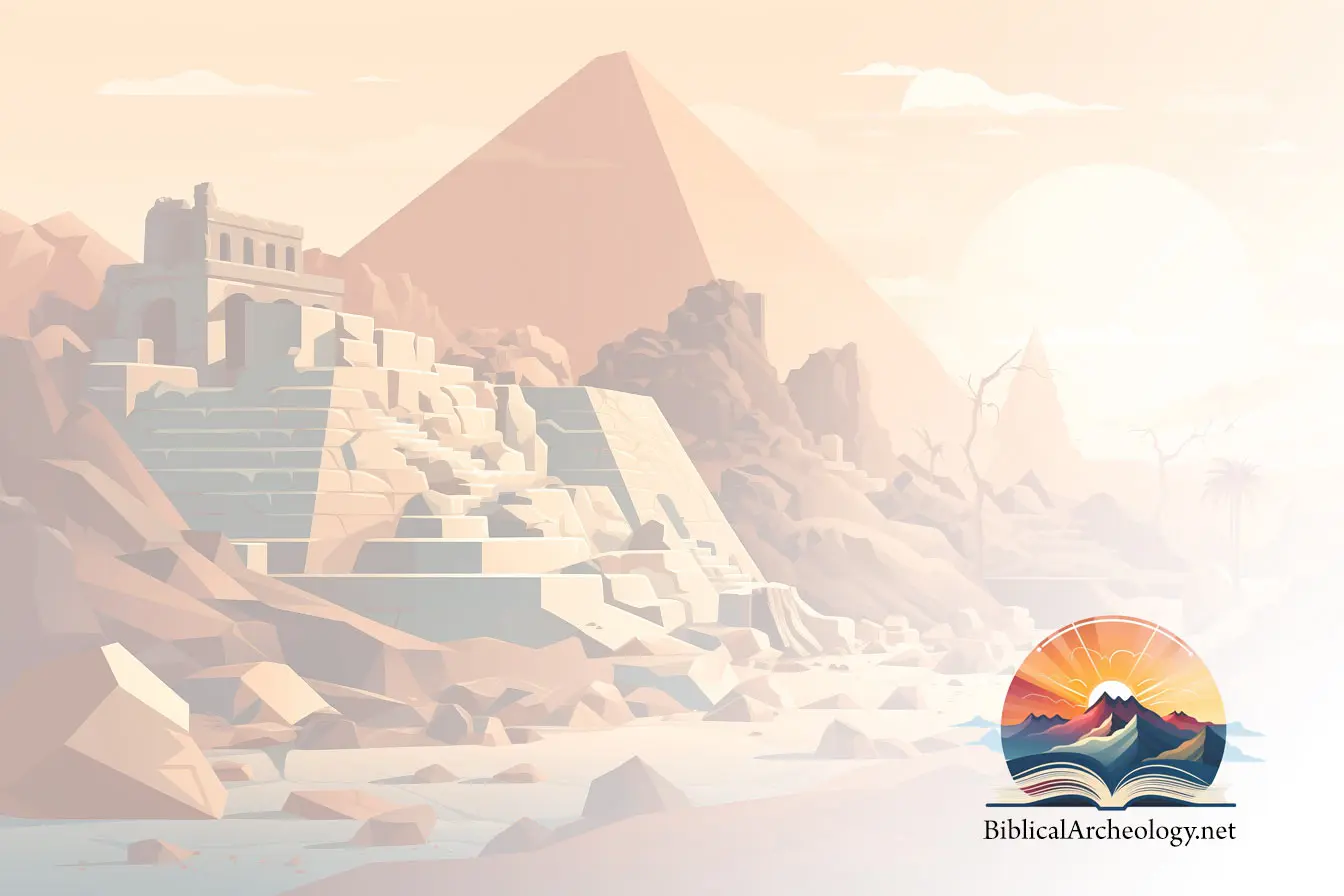Study Bible, Theology, Ministry Masters and Doctoral Diplomas in Trinity School of Apologetics and Theology — A Bible School and Seminary With a Difference!
Biblical Archeology Course 5, Lesson 4
Kurkh Monolith of Shalmaneser III

Picture: The Kurkh Monolith of Shalmaneser III found by J.E. Taylor (British Consul at Diyarbekir) in 1861, which mentions “2,000 chariots, 10,000 foot soldiers of Ahab the Israelite”
The Kurkh Monolith is an Assyrian document that contains a description of the Battle of Qarqar at the end. The Monolith stands some 2.2 metres tall, and roughly covers years one through six of the reign of Assyrian king Shalmaneser III (859-824 BC), although the fifth year is missing. Most scholars believe that the scribe who wrote the Monolith was sloppy, and have pointed out a number of possible errors in the text, like the identification of Byblos as Que.
The Monolith mainly deals with campaigns Shalmaneser made in western Mesopotamia and Syria, fighting extensively with the countries of Bit Adini and Carchemish. At the end of the Monolith comes the account of the Battle of Qarqar, where an alliance of twelve kings fought against Shalmaneser at the Syrian city of Qarqar. This alliance, comprising eleven kings, was led by Irhuleni of Hamath and Hadadezer of Damascus, with a considerable force led by King Ahab of Israel. The Monolith is also the first time that the Arabs make an appearance in world history, fielding a contingent containing camels led by King Gindibu.
Scribal errors and disputes: There are a number of issues surrounding the written words contained in the Monolith, mostly surrounding the text of the Battle of Qarqar. For example, the scribe lists one city as Gu-a-a, which some scholars believe refers to Que. However, H. Tadmor believes that this is actually a mistake, with Gu-a-a being an incorrect spelling for Gu-bal-a-a, that is, Byblos. Other scholars have also pointed out that it would be more logical if Shalmaneser fought Byblos instead of Que, because it would make better geographic sense – since the other kings of the area are polities to the south and west of Assyria, it might be expected that another city-state in that area – Byblos – would fight at Qarqar, rather than Que, which is in Cilicia.
Another issue with regard to spelling is the term musri, which is Akkadian for “march”. Tadmor says that the actual Musri people had been conquered by the Assyrians in the 11th century BC, and thus believes that this reference to Musri must be “Egypt”, although some scholars dispute this.
Another major error in the text is the assertion that Assyria fought “twelve kings”. Casual readers will note that the Monolith in fact lists eleven, but some scholars have attempted to explain that there really is a missing king, stemming from the description of “Ba’sa the man of Bit-Ruhubi, the Ammonite”. One scholar suggests that the two entities be split into “Bit-Ruhubi” (Beth-Rehob, a state in the Trans-Jordan) and “Ammon”, one of Israel’s traditional enemies. However, “twelve kings” is a common Mesopotamian literary device for any kind of alliance, so it is entirely possible that the scribe here was using a figure of speech, rather than miscounting.
All of this is an indication that further research is needed into these historical narratives [GFDL Document and Copyright]


